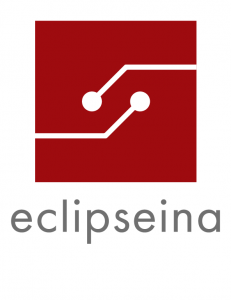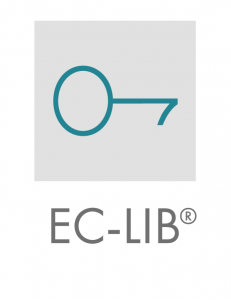Resolution and Shift Factor for Fixed Point
This tool for fixed point arithmetic provides support for resolution related calculations. It calculates the range from lowest value to highest value, the resolution and the shift factor. In addition to this it provides initialization examples for your fixed point variables.
There are two options to compute the values. Depending on the requirements, the button can be set to the options:
Adapt shift factor | Calculates the resolution based on the required lowest and highest value
1. To calculate the resolution and correct shift factor, the lowest value and/or the highest value have to be entered.
2. After the shift factor is calculated, by moving the slide bar, an altered shift factor can be chosen,
so the range and thus the resolution can be modified.
Note: When entering only one value the resolution and the shift factor are calculated based on this single value.
Choose shift factor | Calculates the resolution based on a given shift factor
Only the shift factor has to be set with the slide bar and the other fields have to be left empty. In this case the slide bar denotes the absolute shift factor. So the exact resolution and range for your fixed point variables is calculated based on the chosen shift factor.
- Numbers can only be displayed with the following rule (+/- 0-9 . 0-9 E/e +/- 0-9)
- Comma is not a valid input. For decimal points please use the dot
- The tool supports a resolution between 10-12 and 1012
Inputs
| 16-bit | 32-bit | |
|---|---|---|
| lowest value | ||
| highest value | ||
| shift factor | ||
| resolution |
| 16-bit | 32-bit | |
|---|---|---|
| lowest value | ||
| highest value | ||
| shift factor | ||
| resolution |
Here we output code examples based on the inputs from above.
Here we output code examples based on the inputs from above.
Here we output code examples based on the inputs from above.
Butterworth Minimum-Order Finder
This tool finds the minimum order and corner frequency necessary to fit user-specified pass- and stopbands. Based upon the input values, it works for both Low-Pass (LP) and High-Pass (HP) filters.
Given the amount of attenuation required for a stopband edge frequency and the allowable attenuation at a given passband edge frequency, the user receives the minimum order and corner frequency necessary to achieve this with a Butterworth filter. The user-specified-order option is provided for the case where the maximum order is further restricted.
Inputs
Analog-to-Digital Filter Converter
This tool converts an Infinite-Impulse-Response (IIR) Analog filter to a Digital one. The output is given in the form of the Discrete-Time Algorithm, relating the current result to inputs and former results in a discrete time series.
In order to properly use the EC-LIB digital filters, it is necessary to have the relevant input parameters for the problem at hand. With the order, the defining frequency, and sampling rate for the digital system in hand, one may determine the constant values needed as input for the EC-LIB digital filter. This tool provides such constants.


